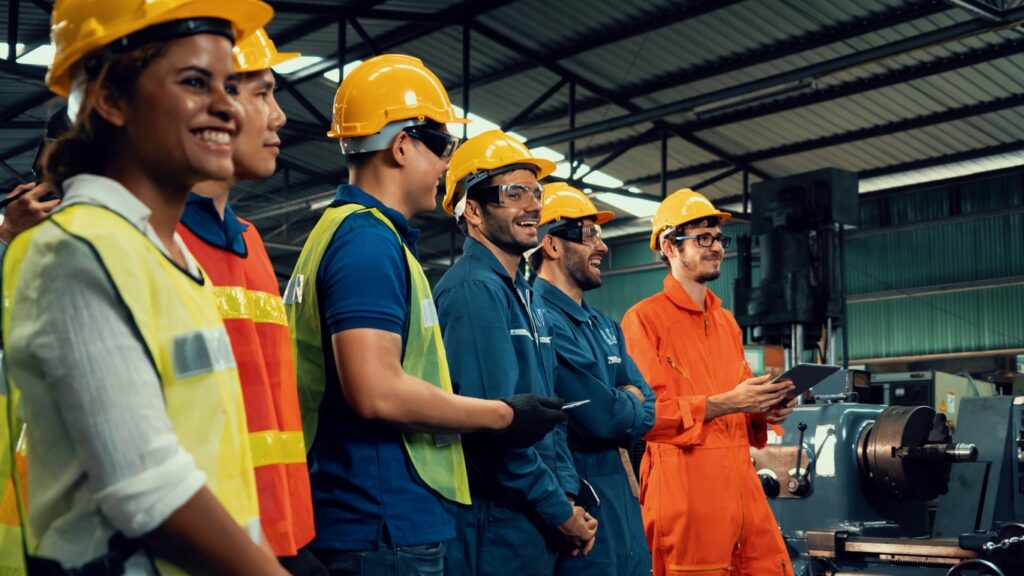
The Resilience of The Manufacturing Industry
It’s no secret that the world is not the same place as it was two years ago. The effects of
Home › News & Updates › Page 7

It’s no secret that the world is not the same place as it was two years ago. The effects of
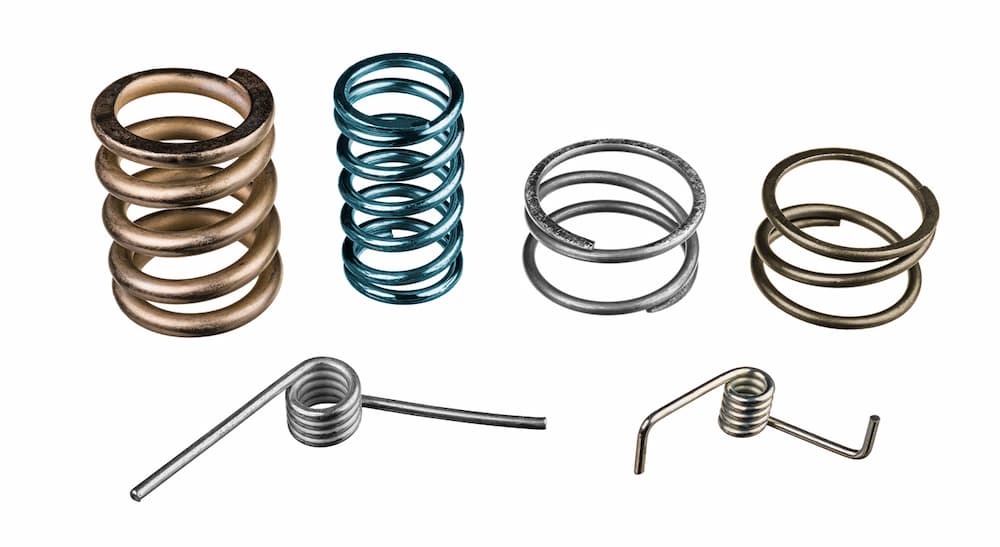
When you’re deciding the required specification of your springs for a new project, you need to consider the environment, life

To commemorate National Apprenticeship Week, we wanted to give some inspiration for those lucky enough to teach STEM subjects such
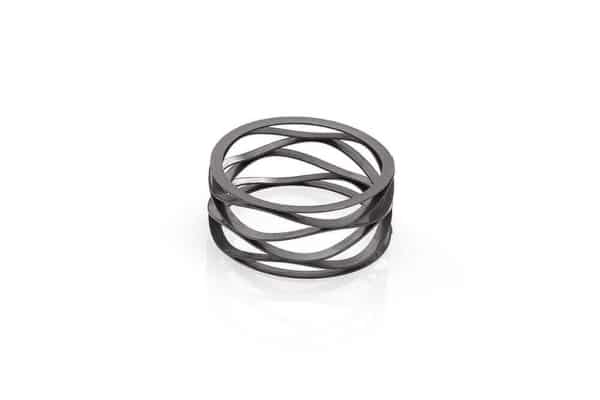
Wave springs are compression springs with a flat design and ‘Multiple waves per turn’ design to the coils. This combination

Nearly half of manufacturing businesses have been the victims of cyber-crime at some point. Since the pandemic, more and more

The manufacturing industry is constantly changing. With adaptations to reduce carbon footprints and advancements in technology, the sector is continuously

As the manufacturing landscape continues to change and adapt to the current climate, it becomes increasingly apparent that university isn’t

A buckling spring is a specific type of keyswitch mechanism that became widely used for keyboards — following the success
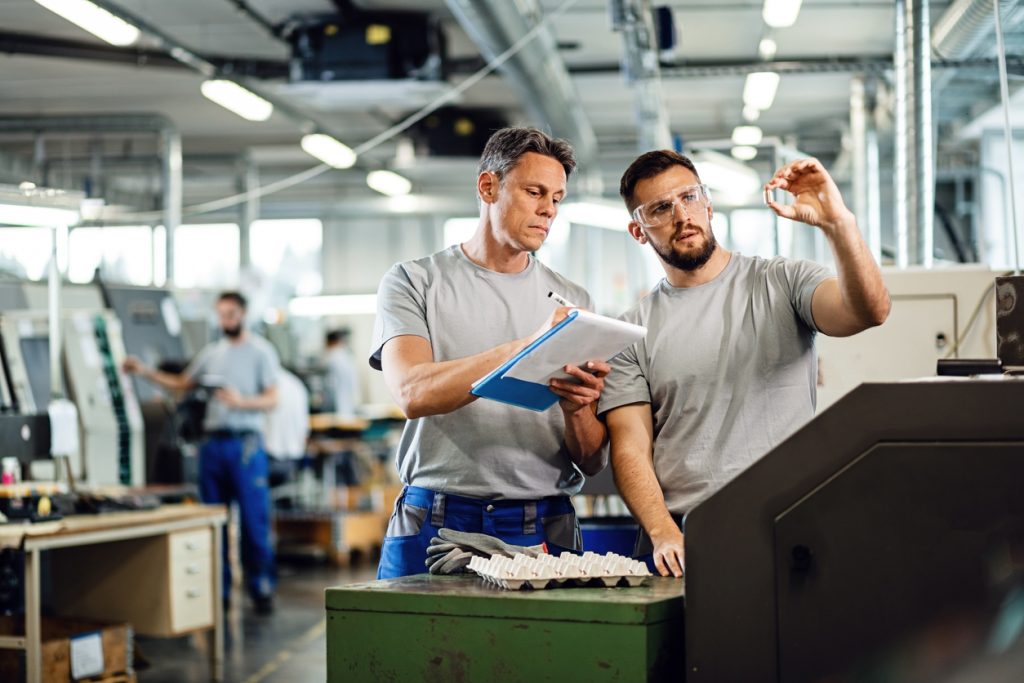
Implementing processes to become a leaner manufacturer has many benefits. Not only can your business maintain high levels of productivity,
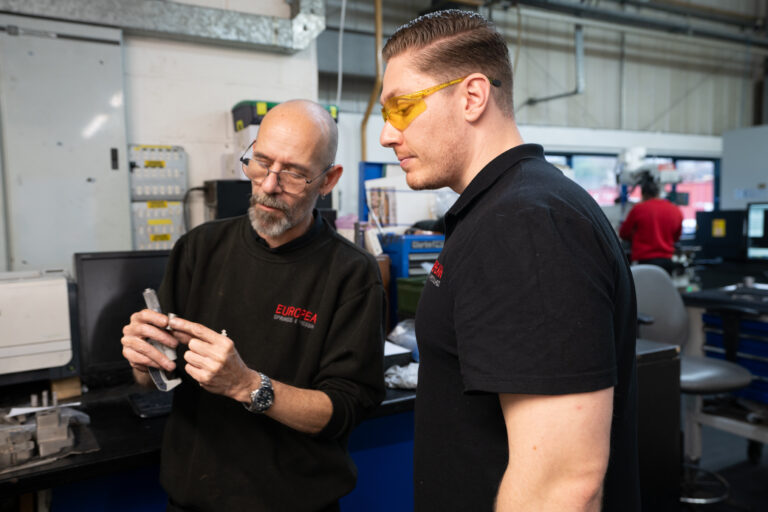
And even if we don’t have exactly the tool we need, European Springs’ in house technology enables us rapidly to design and make complex tools, allowing us to offer more competitive prices.



© Copyright 2025 | European Springs
Designed, Promoted and Powered by SQ Digital